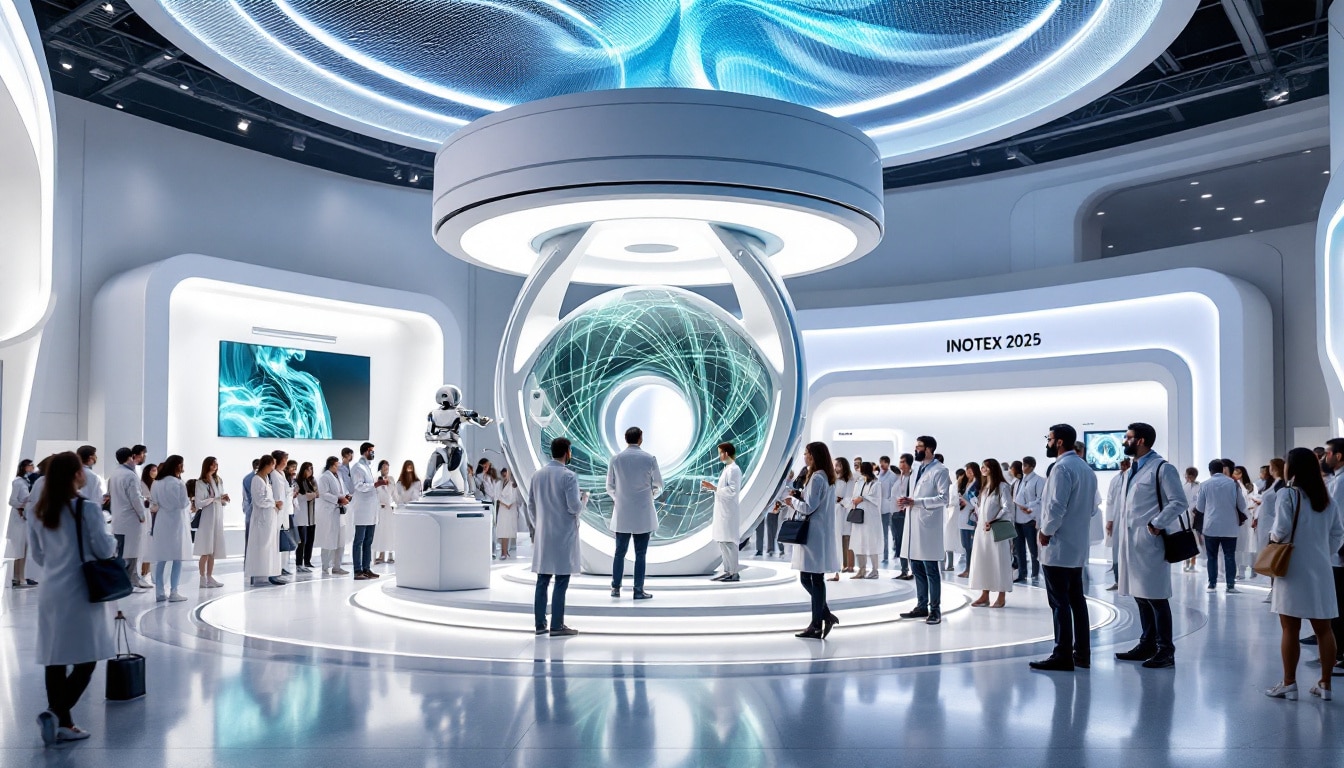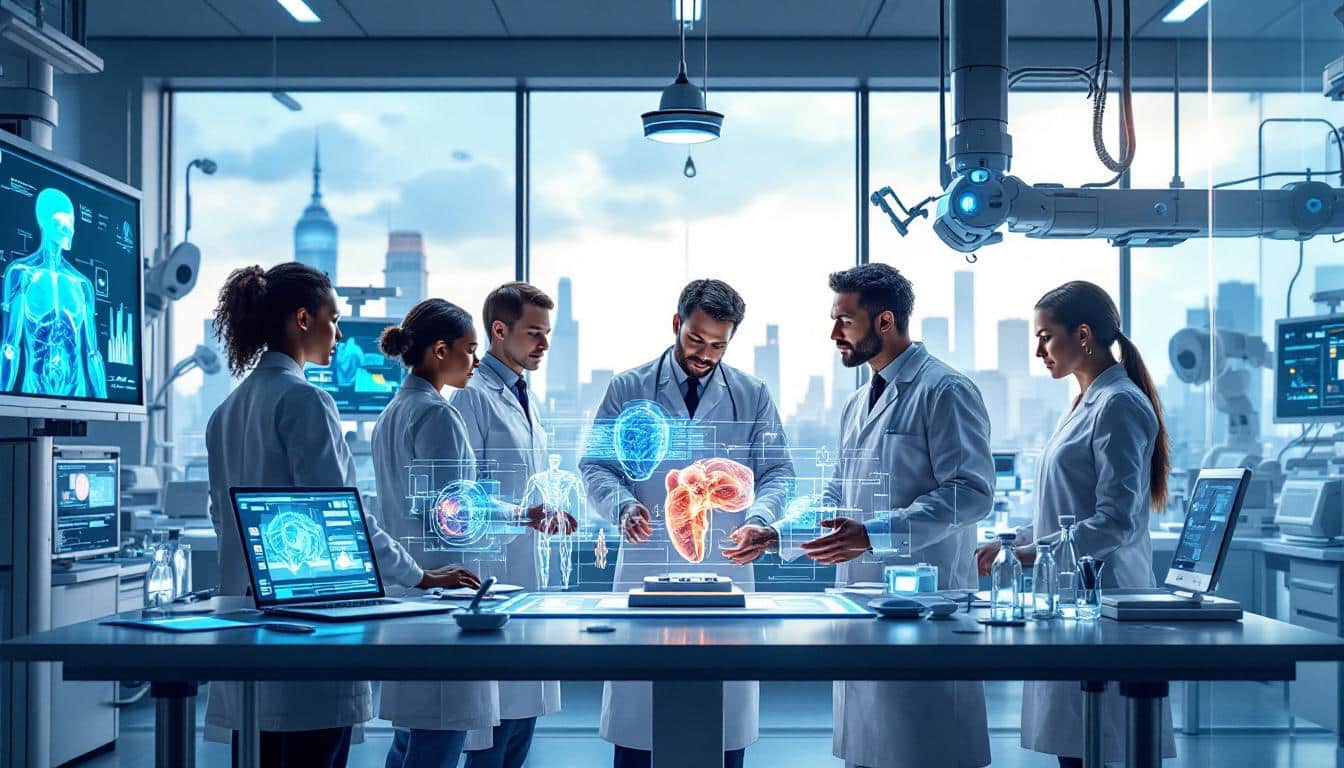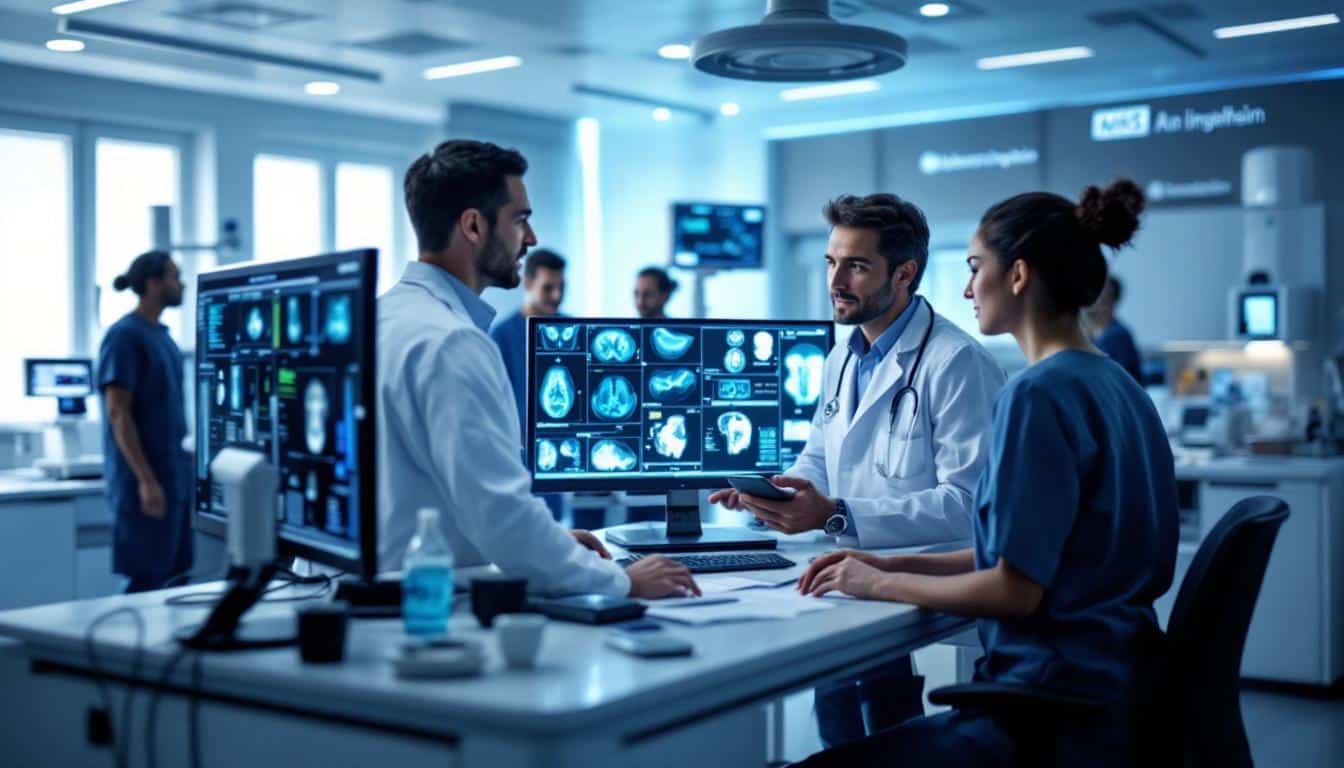Medical advancements continue to push the boundaries of innovation. At the INOTEX 2025 event, three revolutionary Iranian technologies captured the attention of the world. These innovations herald a new era in cardiovascular care, biomaterials, and medical training.
Developed by local knowledge-driven companies, these solutions highlight Iran’s growing role in the field of high-tech health technologies. The non-compliant balloon catheter from Mad Zist Fanavar Beynolmelal promises unparalleled accuracy for angioplasty interventions, thereby enhancing interventional cardiology tools. Sabz Karoo Biotech presented a versatile biopolymer aimed at various sectors, significantly reducing dependence on imports in key industries. Furthermore, Aras Mixed Reality Technologies unveiled an advanced cardiopulmonary resuscitation (CPR) simulator integrating artificial intelligence and extended reality, thus revolutionizing life support training and accident scene management. These innovations testify to the commitment and creativity of Iranian specialists to improve medical care and training, paving the way for more effective and safer practices at both national and international levels.

At the prestigious INOTEX 2025, Iran once again demonstrated its commitment to medical innovation by unveiling three revolutionary technologies. These advancements testify not only to local expertise but also to the country’s ability to compete in the global market for high-tech health solutions. This event served as an ideal platform to highlight innovations in the fields of cardiovascular care, biomaterials, and medical training, thus underscoring Iran’s growing role in the international medical industry.
How does the non-compliant balloon catheter from Mad Zist Fanavar Beynolmelal revolutionize cardiology interventions?
Mad Zist Fanavar Beynolmelal, a company founded in 2018, presented its latest technological masterpiece: a non-compliant balloon catheter designed for precise angioplasty procedures. This innovation marks a significant advancement in the field of interventional cardiology. The catheter enables physicians to perform interventions with increased precision, thereby reducing associated risks and improving patient outcomes. By integrating advanced materials and ergonomic design, this device offers better maneuverability and optimized efficiency during delicate procedures.
The importance of this innovation also lies in its ability to integrate with existing diagnostic systems, thus facilitating a holistic approach to cardiovascular care. Moreover, Mad Zist Fanavar Beynolmelal plans to develop specialized angioplasty kits and additional diagnostic devices, further strengthening their position in the interventional medical technology market. This initiative also responds to recent recommendations from the MHRA regarding the evolution of post-marketing surveillance of medical technologies, thus ensuring increased compliance and safety for end-users.
How does the biopolymer produced by Sabz Karoo Biotech reduce dependence on imports?
Sabz Karoo Biotech unveiled an innovative biopolymer, produced locally and intended for various industries, including food, pharmaceuticals, cosmetics, and medical devices. This strategic development represents an important step towards reducing dependence on imports in critical bio-industrial sectors. By producing this biopolymer in-house, Iran not only enhances its economic autonomy but also stimulates the development of sustainable and environmentally friendly technologies.
The biopolymer from Sabz Karoo Biotech stands out for its versatility and superior quality, making it competitive in the international market. This innovation meets a growing demand for bio-sourced and eco-friendly materials, aligning with global trends in sustainability. Additionally, by supporting local industries, Sabz Karoo Biotech contributes to job creation and regional economic development.
This initiative is part of the context of biopharmaceutique-et-la-technologie-medicale-rebondissent-apres-deux-annees-de-declin/” target=”_blank”>growing venture capital investments in biopharmaceutical and medical technology, offering new opportunities for innovation and economic growth. Moreover, this local production enables better control of the supply chain, reducing costs and delays associated with importing essential materials.
How does the simulator from Aras Mixed Reality Technologies enhance medical training?
Aras Mixed Reality Technologies introduced an advanced cardiopulmonary resuscitation (CPR) simulator, integrating artificial intelligence (AI) and extended reality (XR). This cutting-edge tool is designed to train and assess skills in Basic and Advanced Life Support (BLS/ACLS), as well as accident scene management. By combining AI and XR, the simulator offers an immersive and interactive experience, allowing healthcare professionals to practice in realistic environments without the risks associated with real-life situations.
This technology revolutionizes medical training by providing varied and adaptive scenarios, thus meeting the specific needs of each participant. Real-time tracking and feedback features enable precise performance assessment, fostering continuous improvement of essential skills in emergency situations.
The impact of this simulator extends beyond Iranian borders, designed for use in medical education, public health training, and emergency intervention preparation at both national and international levels. This innovation aligns with global initiatives to improve medical training standards, such as those initiated by world-renowned institutions like MIT.
What is the importance of these innovations for Iran’s role in high-tech health solutions?
The three innovations presented at INOTEX 2025 strengthen Iran’s position as a major player in the field of high-tech health solutions. By developing advanced technologies in key sectors such as interventional cardiology, biomaterials, and medical training, Iran demonstrates its ability to meet contemporary health challenges with innovative and local solutions.
This dynamic is supported by the Centers for Communication and Information of the Iranian Vice Presidency for Science, Technology and Knowledge Economy, which highlights the contributions of local companies to medical innovation. The development of technologies such as the balloon catheter, biopolymer, and CPR simulator illustrates the country’s commitment to research and development, thus promoting a knowledge-based and innovation-driven economy.
Moreover, these advancements occur in a global context where international regulators, such as the FDA, are constantly evolving to regulate new medical technologies. By investing in local solutions, Iran strategically positions itself to adapt quickly to regulatory changes and new market demands.
Lastly, the emergence of innovative medical technologies opens new opportunities in the market, particularly in emerging fields like portable neurotechnologies. By capitalizing on its recent successes, Iran is well-placed to actively participate in these new technological niches, thereby fostering sustainable growth and increased competitiveness in the international market.













